-
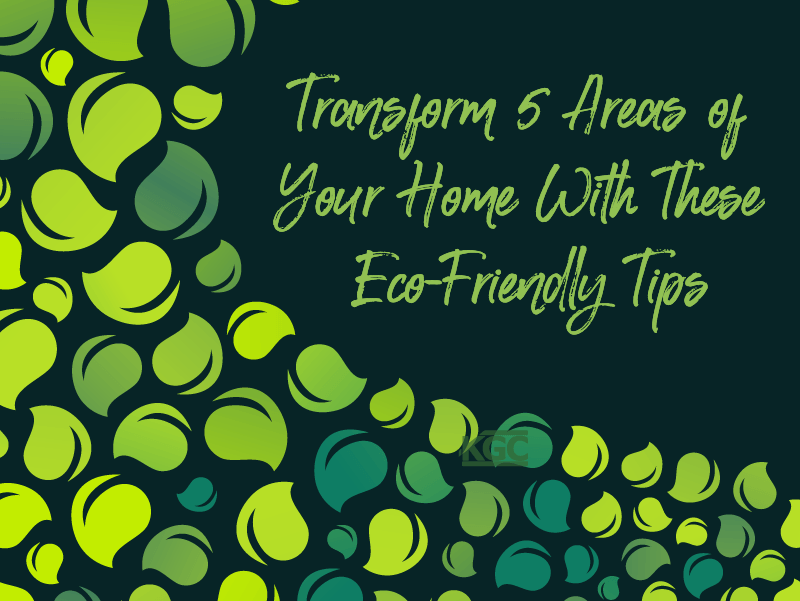
·
Transform 5 Areas of Your Home With These Eco-Friendly Tips
There are many steps we can take to make our homes a little greener. These eco-friendly tips will show you how a small change can have a big impact.
-
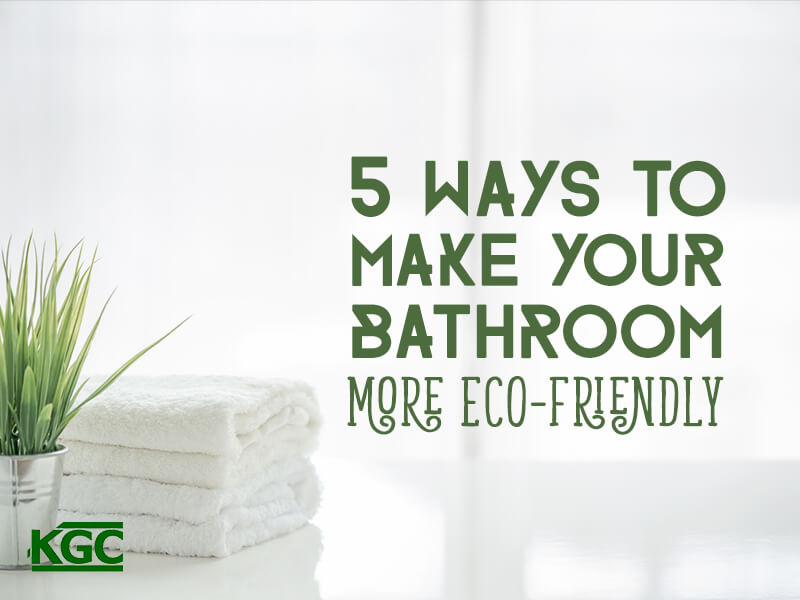
·
5 Ways to Make your Bathroom More Eco-friendly
Find out how you can make your home a little greener, starting with one of the most used rooms in the house: the bathroom.
-
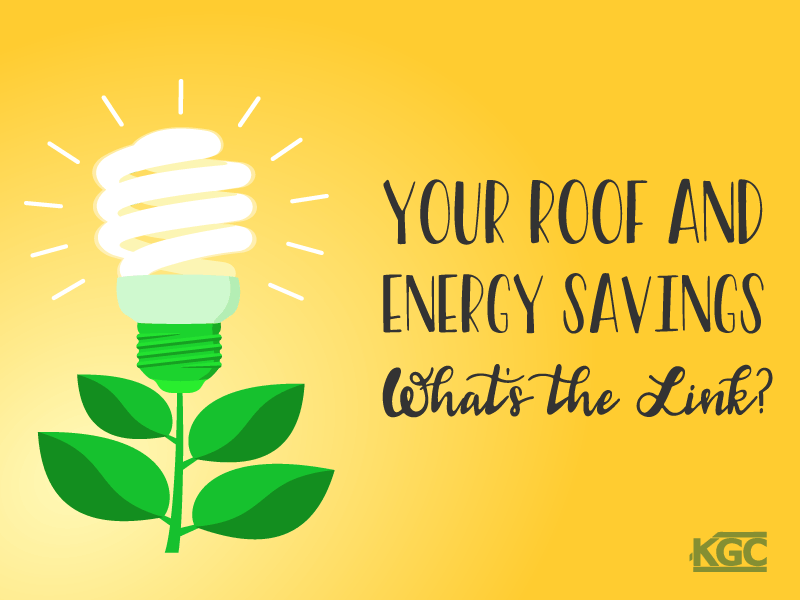
·
Your Roof and Energy Savings – What’s the Link?
A poorly insulated roof can leave you cranking up the A/C in the summer & leaking heat in the winter. Find out how insulation & roofing materials can help.
-

·
Harness the Power of Green: Eco-friendly Products for your Home
Find out how you can harness the power of shopping by choosing eco-products for your home, and supporting a more sustainable world.
-
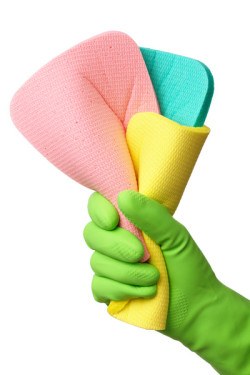
·
How to Make Eco-Friendly Cleaning Products
There’s no place like home. And nobody appreciates a clean, fresh smelling home more than we do, but being environmentally conscious is also a huge priority for us. That’s why we have put together this list of natural, eco-friendly alternatives to your typical store-bought cleaners.
-
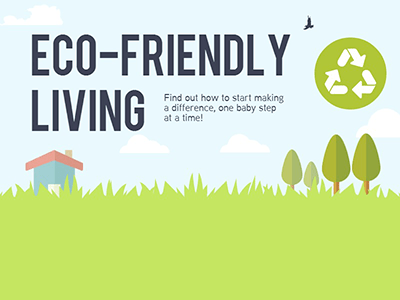
·
Living in an Eco-Friendly Home
Living in an eco-friendly home: In this infographic, find out how you can make a difference for the environment, one baby step at a time!
